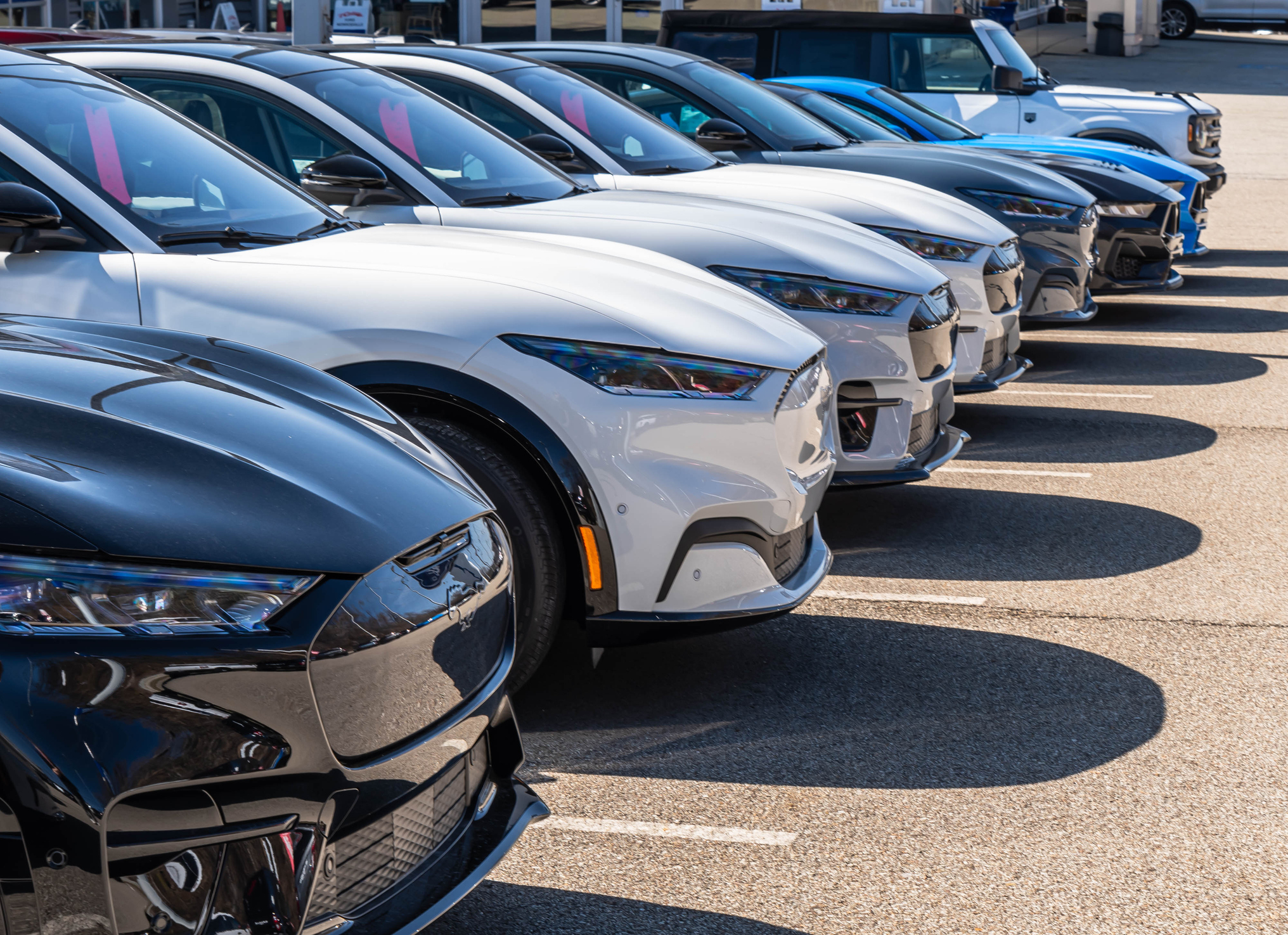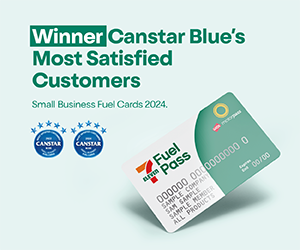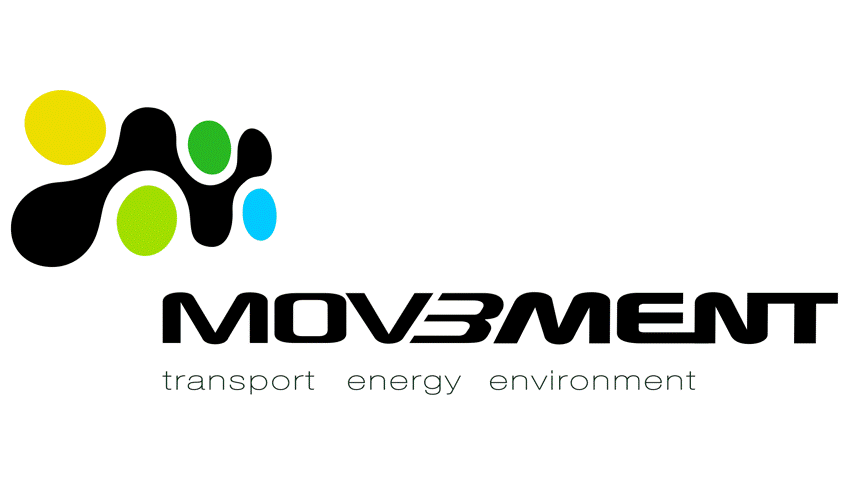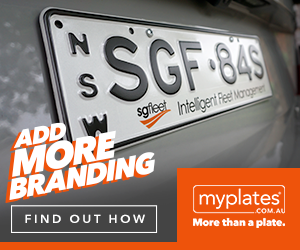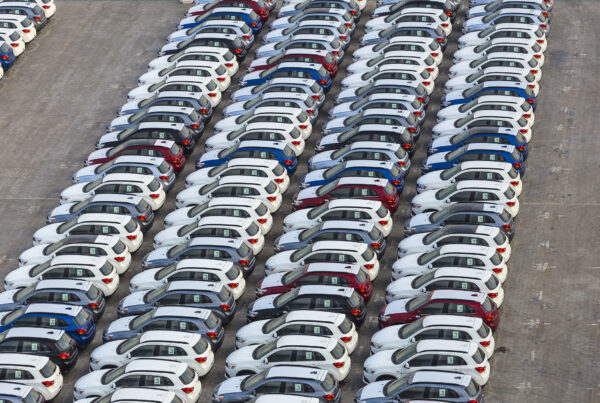New Zealand’s new market needs policy stability to support sustained market growth and resilience according to the Motor Industry Association (MIA).
Recent numbers released by the MIA showed that New Zealand’s new car market experienced a promising uptick in December 2024 with 10,315 new vehicles registered. This marks a 5.6 per cent increase compared to December 2023.
However, total vehicle sales in 2024 dropped by 13.5 per cent compared to 2023 with 20,212 fewer units sold. Compared to 2022, the decline was steeper at 21.8 per cent or 35,936 units. The MIA said this is because of the removal of the Clean Car Discount at the end of 2023 which has played a role in distorting year-on-year comparisons.
“Looking ahead, the industry’s primary challenge will be navigating the stricter Clean Car Standard targets introduced for importers from 1 January 2025, while simultaneously supporting the transition to lower-emission vehicles. Achieving this balance is essential to avoid significant vehicle price inflation in 2025 and beyond,” said MIA Chief Executive Aimee Wiley.
However, she warned that the stricter CO2 targets present significant challenges for importers.
“Consumer demand simply does not align with the stringent CO2 targets for light passenger vehicles in 2025. Importers face a delicate balancing act to meet these targets and avoid penalties, which could lead to consumer vehicle price inflation unless genuine demand for EVs rebounds significantly in 2025.”
“The industry must work collaboratively to address these challenges while ensuring vehicles remain affordable and accessible for New Zealanders,” Wiley added.
Industry Breakdown
Light passenger vehicles (including SUVs) continued to dominate the market in December 2024 with 69.9 per cent of total sales with 7,210 units sold. This reflects a 15.8 per cent decrease from December 2023. Sales of light commercial vehicles grew with an increased market share of 26.0 per cent (2,682 units sold).
In contrast, heavy commercial vehicles made up just 4.1 per cent of sales with 423 units registered. This pattern of decline in the overall light passenger segment was consistent throughout the year, as the light passenger segment saw a 20.9 per cent year-to-date decrease compared to 2023, with 23,088 fewer vehicles sold.
Private buyers accounted for 30.1 per cent of all sales this month with 3,103 units sold. This marked a slight decrease compared to 2023, where private buyers made up 37.9 per cent of the market.
Business buyers made up a more substantial 54.2 percent share in December 2024, increasing their market dominance from 42.2 perc ent in December 2023. This shift marked a notable rise in their share of the market. Rental buyers accounted for 14.1 per cent of sales in December. Government purchases made up only 1.6 per cent of sales during the same period.
In December 2024, petrol, diesel, and LPG vehicles still held a dominant share, comprising 56.4 percent of the market. Battery electric vehicles (BEVs) experienced a significant dip, accounting for just 8.6 percent of sales. This was a sharp decline compared to 35.5 percent in December 2023. The drop highlights the shifting trends in vehicle power sources.
Hybrid vehicles, however, maintained a strong position, comprising 28.1 per cent of the total sales. This shows a continued trend of hybrid adoption. Plug-in hybrid vehicles (PHEVs) also retained a modest share at 6.9 per cen. Year-to-date, BEVs and PHEVs both experienced a significant drop compared to the previous year,.
SUVs remained a popular choice among consumers. The medium SUV category recorded the highest sales with 2,486 units, accounting for 24.1 per cent of the market. The compact SUV segment followed with 2,269 units, or 22 per cent. The 4×4 pickup/chassis cab segment rounded out the top three with 1,970 units, representing 19.1 per cent.
In December 2024, Toyota maintained its leadership in vehicle sales, holding 22.9 percent of the market share. Ford followed closely with an 18.2 percent share. Mitsubishi secured the third position with an 11.4 percent share, while Kia took fourth place at 7.6 percent. Honda rounded out the top five brands, holding a 7.3 percent share.
Did you find this article interesting? Click the ‘heart’ button above to give it a ‘like’!

